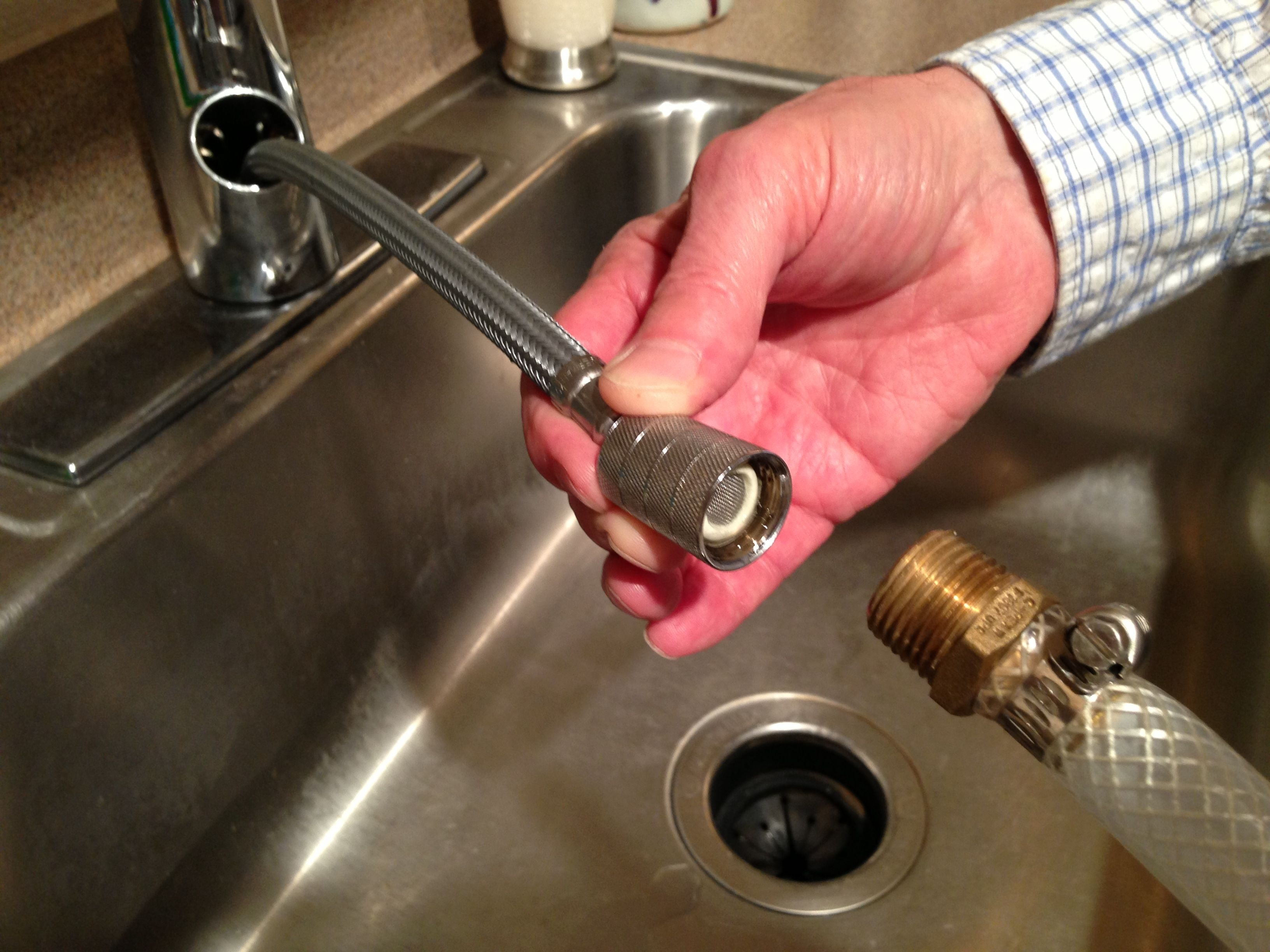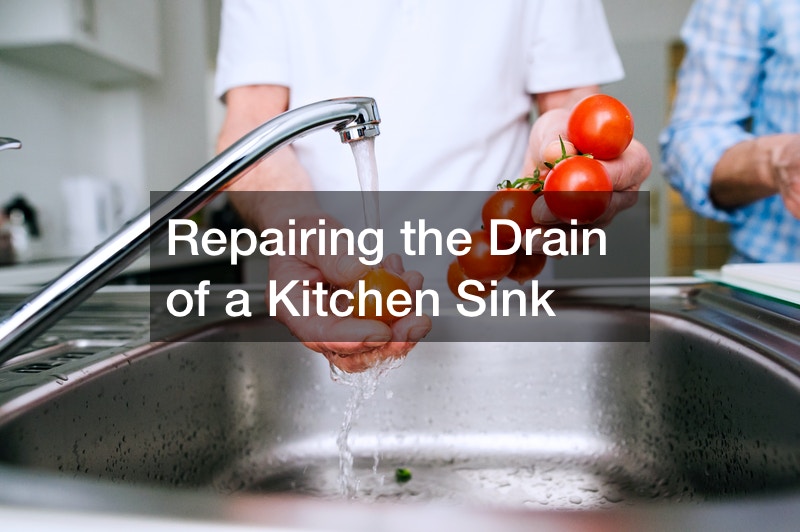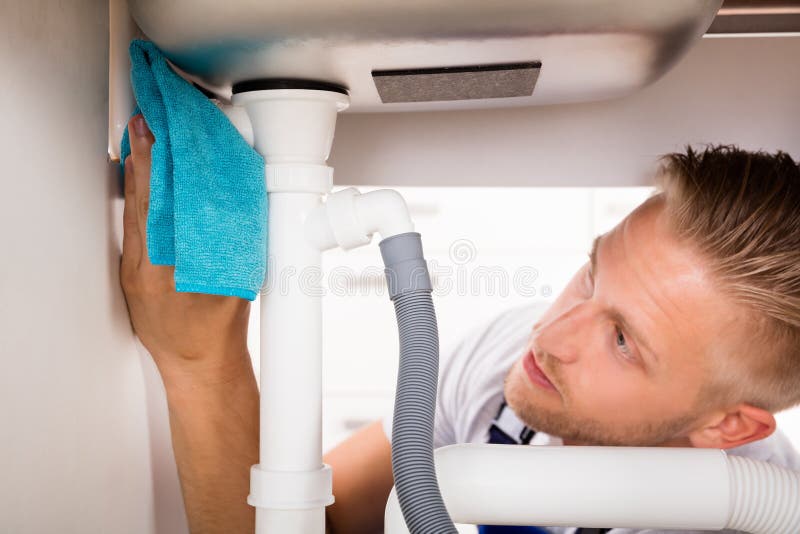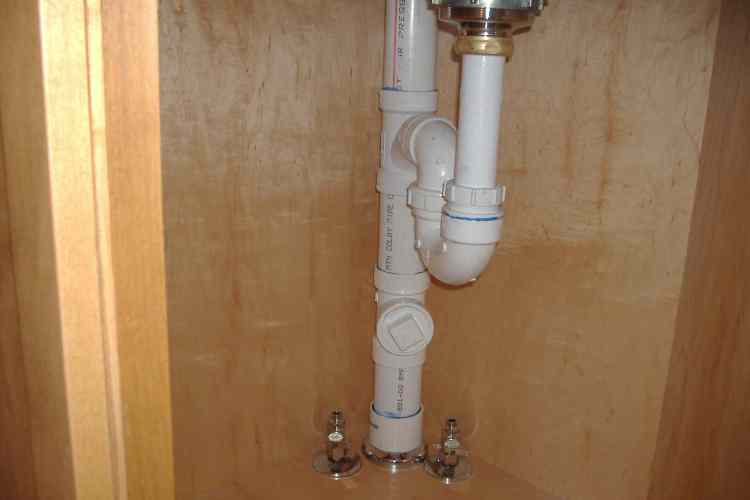How to Repair a Kitchen Sink Hose Sprayer
Is your kitchen sink hose sprayer causing pressure issues? Don’t worry, you’re not alone. This common problem can be frustrating and disruptive to your daily routine. But before you call a plumber or spend money on a new hose sprayer, try these simple DIY solutions to repair your kitchen sink hose sprayer and restore proper water pressure.
How to Fix a Kitchen Sink Hose Sprayer
If your kitchen sink hose sprayer is not working properly, the first thing you should do is check the connection. Make sure the hose is securely attached to the faucet and there are no kinks or twists in the hose that could be restricting water flow. If everything looks okay, the problem may be with the sprayer itself.
Start by removing the sprayer head from the hose. You may need to use pliers to loosen it if it’s stuck. Once the sprayer head is off, check for any debris or mineral buildup that could be clogging the nozzle. If you find any, clean it out with a toothpick or small brush.
If the sprayer head is clean and the hose is clear, the issue may be with the sprayer diverter. This is the mechanism that allows you to switch the water from the faucet to the sprayer. Over time, it can become worn or clogged, causing low water pressure. You can try cleaning it with vinegar or replacing it altogether.
How to Troubleshoot Pressure Issues with a Kitchen Sink Hose Sprayer
If you’re still experiencing pressure issues with your kitchen sink hose sprayer, there are a few other things you can check. One common cause of low water pressure is a clogged aerator on the faucet. Remove the aerator and clean it out with a toothbrush and vinegar. This should improve water pressure for both the faucet and the sprayer.
Another potential culprit is a faulty water supply valve. This is the valve that controls the flow of water to your sink. If it’s not fully open, it can restrict water flow and cause pressure issues. Check the valve and make sure it’s fully turned on.
Common Causes of Pressure Issues with Kitchen Sink Hose Sprayers
There are a few common reasons why your kitchen sink hose sprayer may be experiencing pressure issues. One is a clogged nozzle, as mentioned before. Another is a worn or faulty sprayer diverter. You may also have a damaged hose or a leak in the connection between the hose and the faucet.
If you have hard water, mineral buildup can also be a major problem for your kitchen sink hose sprayer. Over time, minerals can accumulate in the nozzle and hose, causing clogs and reducing water pressure. Regular cleaning and maintenance can help prevent this issue.
How to Replace a Kitchen Sink Hose Sprayer
If your kitchen sink hose sprayer is beyond repair, you may need to replace it. This is a fairly simple task that you can do yourself. Start by purchasing a new hose sprayer that is compatible with your faucet. Then, follow the manufacturer’s instructions for installation.
If you’re unsure about how to replace your kitchen sink hose sprayer, you can always consult a plumbing professional. They can help you find the right replacement and install it correctly for optimal water pressure and functionality.
DIY Solutions for Kitchen Sink Hose Sprayer Pressure Issues
If you’re experiencing pressure issues with your kitchen sink hose sprayer, there are a few things you can try before calling a plumber. First, clean the sprayer head and nozzle to remove any debris or mineral buildup. Next, check the aerator and water supply valve to make sure they are not causing the problem.
If these DIY solutions don’t work, you may need to replace the sprayer diverter or the entire hose sprayer. It’s always a good idea to consult a professional if you’re unsure about how to proceed. They can help you identify the root cause of the pressure issue and provide expert advice for a lasting solution.
How to Clean a Clogged Kitchen Sink Hose Sprayer
Regular cleaning is key to preventing clogs and maintaining proper water pressure with your kitchen sink hose sprayer. To clean a clogged sprayer, remove the nozzle from the hose and soak it in a mixture of vinegar and water for about 30 minutes. Then, use a toothbrush or small brush to scrub away any remaining debris. Rinse thoroughly and reattach the nozzle to the hose.
You may also want to consider installing a water softener if you have hard water. This will help prevent mineral buildup and keep your kitchen sink hose sprayer running smoothly.
How to Adjust the Pressure on a Kitchen Sink Hose Sprayer
If you’re experiencing too much pressure with your kitchen sink hose sprayer, you may need to adjust it. Most hose sprayers have a pressure regulator that can be adjusted to control the water flow. Refer to your manufacturer’s instructions for specific guidance on how to adjust the pressure.
If you’re still having trouble, you can always consult a professional plumber. They can help you find the right balance of water pressure for your kitchen sink hose sprayer.
Tools and Materials Needed for Repairing a Kitchen Sink Hose Sprayer
If you’re attempting to repair your kitchen sink hose sprayer on your own, you will need a few basic tools and materials. These may include pliers, a toothbrush, vinegar, and a replacement sprayer diverter or hose sprayer. Refer to your manufacturer’s instructions for specific recommendations.
It’s always a good idea to have these tools and materials on hand in case you need to make a quick repair. This can save you time and money in the long run.
Professional Plumbing Services for Kitchen Sink Hose Sprayer Pressure Issues
If you’ve tried all of these DIY solutions and are still experiencing pressure issues with your kitchen sink hose sprayer, it may be time to call in a professional. A licensed plumber can diagnose and fix the problem quickly and effectively, saving you the hassle and frustration of dealing with low water pressure.
They can also provide regular maintenance and cleaning services to prevent future pressure issues and keep your kitchen sink hose sprayer functioning at its best.
In conclusion, pressure issues with kitchen sink hose sprayers can be a common and frustrating problem. But with a little DIY know-how and some basic tools and materials, you can easily troubleshoot and repair your hose sprayer yourself. If all else fails, don’t hesitate to call in a professional for expert assistance. With proper maintenance and care, your kitchen sink hose sprayer will continue to provide reliable water pressure for years to come.
Common Kitchen Sink Hose Sprayer Issues and How to Fix Them

Introduction
 The kitchen sink hose sprayer is an essential tool in any household, making it easier to wash dishes and clean the sink area. However, like any other plumbing fixture, it can experience some issues over time. One common problem is a drop in water pressure. This can be frustrating and inconvenient, especially when you're trying to get things done quickly in the kitchen. In this article, we'll discuss the possible causes of low water pressure in your kitchen sink hose sprayer and how to fix them.
The kitchen sink hose sprayer is an essential tool in any household, making it easier to wash dishes and clean the sink area. However, like any other plumbing fixture, it can experience some issues over time. One common problem is a drop in water pressure. This can be frustrating and inconvenient, especially when you're trying to get things done quickly in the kitchen. In this article, we'll discuss the possible causes of low water pressure in your kitchen sink hose sprayer and how to fix them.
Causes of Low Water Pressure
 Mineral Buildup
One of the main causes of low water pressure in a kitchen sink hose sprayer is mineral buildup. Over time, minerals in the water can accumulate in the sprayer head, clogging the small openings and restricting water flow. This buildup is more common in areas with hard water, which contains a high concentration of minerals like calcium and magnesium.
Malfunctioning Aerators
Another possible cause of low water pressure is a malfunctioning aerator. The aerator is a small mesh screen located at the end of the sprayer head. Its purpose is to mix air with the water, making the flow smoother and more efficient. However, if the aerator becomes clogged or damaged, it can significantly reduce water pressure.
Issues with the Hose
The hose itself can also be the culprit of low water pressure. Over time, the hose can develop kinks or cracks, hindering water flow. Additionally, if the hose is not properly connected to the sprayer head or the water supply, it can cause a drop in water pressure.
Mineral Buildup
One of the main causes of low water pressure in a kitchen sink hose sprayer is mineral buildup. Over time, minerals in the water can accumulate in the sprayer head, clogging the small openings and restricting water flow. This buildup is more common in areas with hard water, which contains a high concentration of minerals like calcium and magnesium.
Malfunctioning Aerators
Another possible cause of low water pressure is a malfunctioning aerator. The aerator is a small mesh screen located at the end of the sprayer head. Its purpose is to mix air with the water, making the flow smoother and more efficient. However, if the aerator becomes clogged or damaged, it can significantly reduce water pressure.
Issues with the Hose
The hose itself can also be the culprit of low water pressure. Over time, the hose can develop kinks or cracks, hindering water flow. Additionally, if the hose is not properly connected to the sprayer head or the water supply, it can cause a drop in water pressure.
How to Fix Low Water Pressure
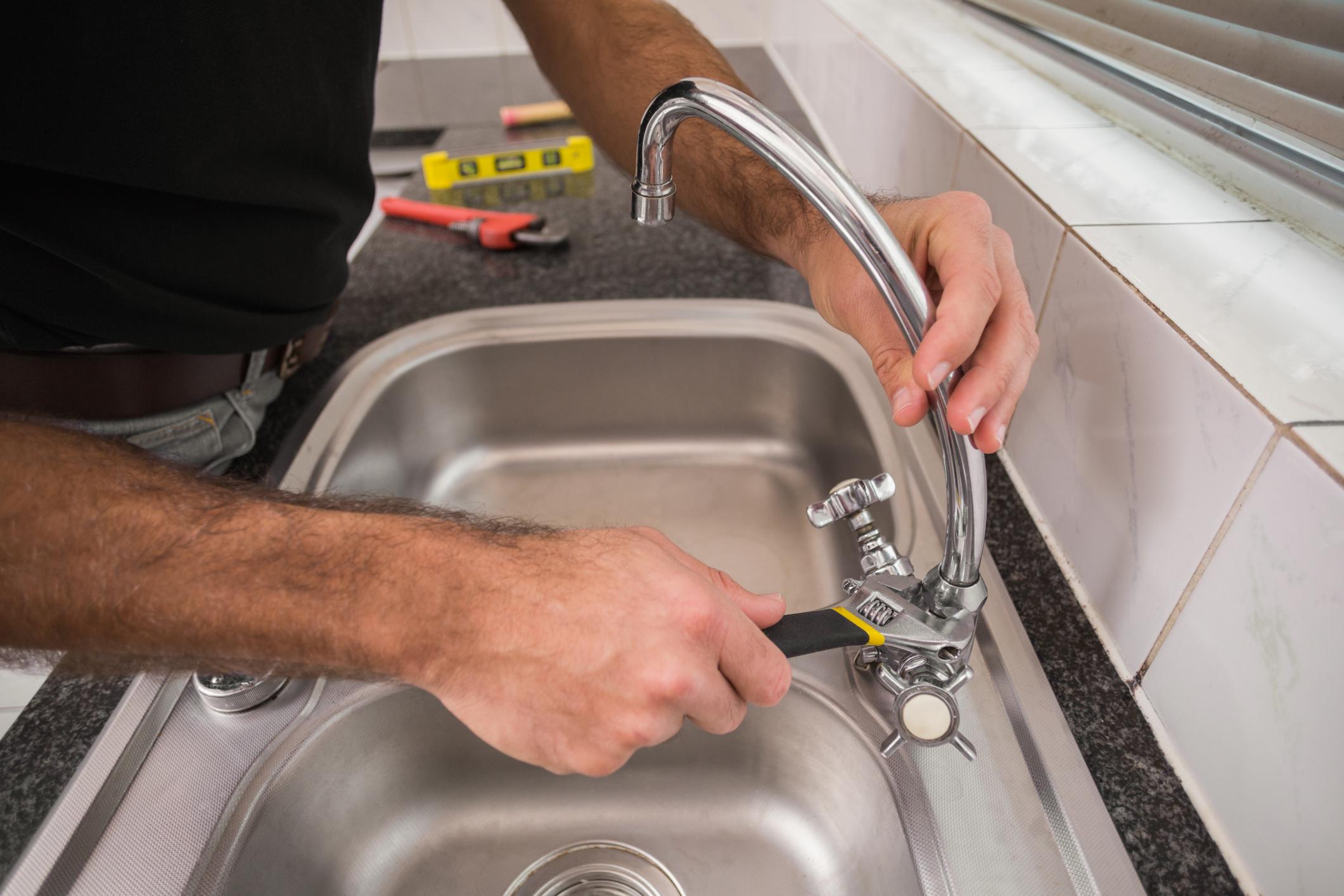 Clean the Sprayer Head
The first step in fixing low water pressure in your kitchen sink hose sprayer is to clean the sprayer head. To do this, unscrew the sprayer head from the hose and soak it in a mixture of vinegar and water for about 30 minutes. Then, use a toothbrush to scrub away any mineral buildup. Rinse the sprayer head thoroughly and reattach it to the hose.
Replace the Aerator
If cleaning the sprayer head doesn't improve water pressure, the next step is to check the aerator. If it's damaged or too clogged to clean, it will need to be replaced. You can find replacement aerators at your local hardware store or online. Simply unscrew the old aerator and screw on the new one.
Check and Repair the Hose
If the hose is the issue, you may need to replace it. However, if it just has a kink or crack, you can try to straighten it out or use some waterproof tape to seal the crack. Also, make sure the hose is properly connected to both the sprayer head and the water supply.
Clean the Sprayer Head
The first step in fixing low water pressure in your kitchen sink hose sprayer is to clean the sprayer head. To do this, unscrew the sprayer head from the hose and soak it in a mixture of vinegar and water for about 30 minutes. Then, use a toothbrush to scrub away any mineral buildup. Rinse the sprayer head thoroughly and reattach it to the hose.
Replace the Aerator
If cleaning the sprayer head doesn't improve water pressure, the next step is to check the aerator. If it's damaged or too clogged to clean, it will need to be replaced. You can find replacement aerators at your local hardware store or online. Simply unscrew the old aerator and screw on the new one.
Check and Repair the Hose
If the hose is the issue, you may need to replace it. However, if it just has a kink or crack, you can try to straighten it out or use some waterproof tape to seal the crack. Also, make sure the hose is properly connected to both the sprayer head and the water supply.
Conclusion
 Low water pressure in a kitchen sink hose sprayer can be caused by various factors, including mineral buildup, a malfunctioning aerator, or issues with the hose. By following the steps outlined in this article, you can easily fix these issues and restore proper water pressure in your kitchen sink hose sprayer. Don't let low water pressure slow you down in the kitchen – with these tips, you'll have your sprayer working like new in no time.
Low water pressure in a kitchen sink hose sprayer can be caused by various factors, including mineral buildup, a malfunctioning aerator, or issues with the hose. By following the steps outlined in this article, you can easily fix these issues and restore proper water pressure in your kitchen sink hose sprayer. Don't let low water pressure slow you down in the kitchen – with these tips, you'll have your sprayer working like new in no time.
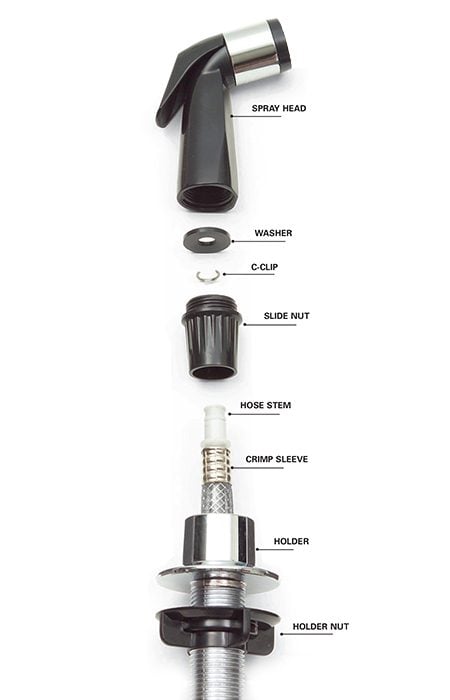













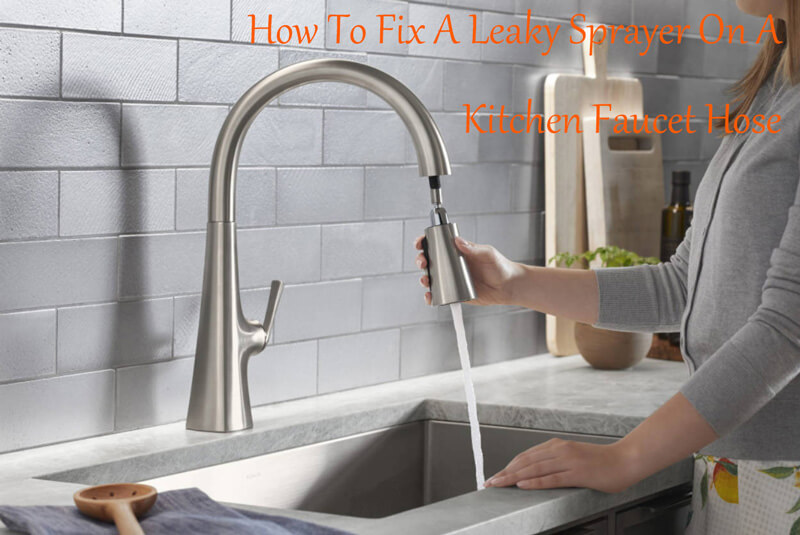
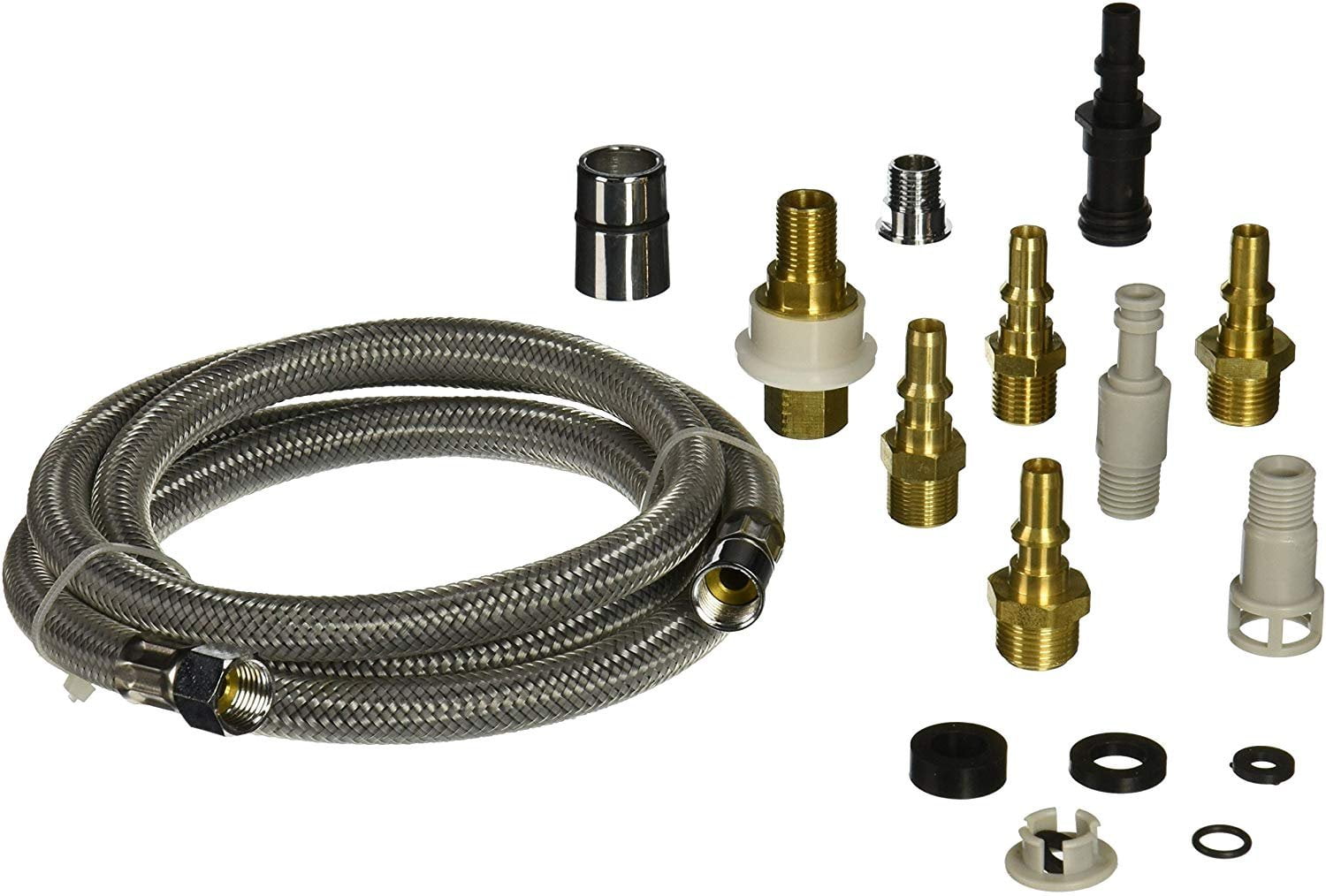
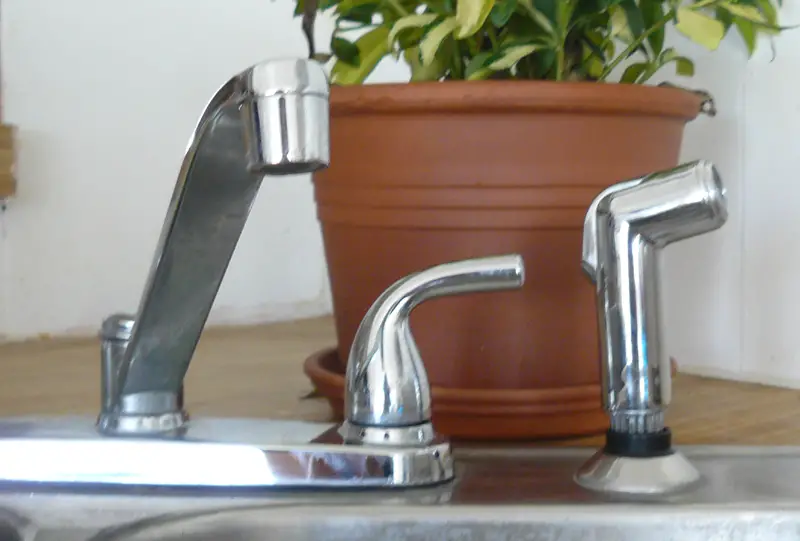



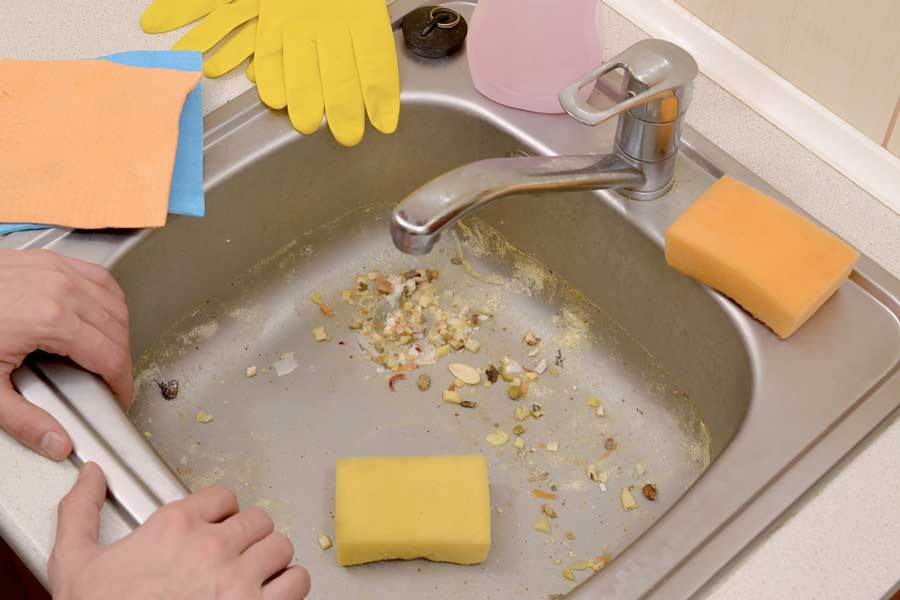


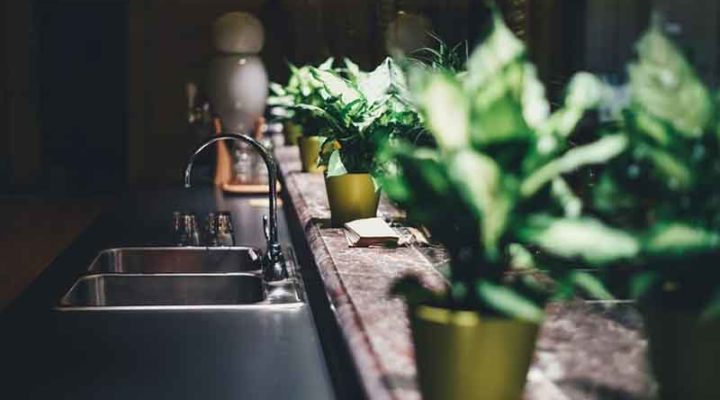







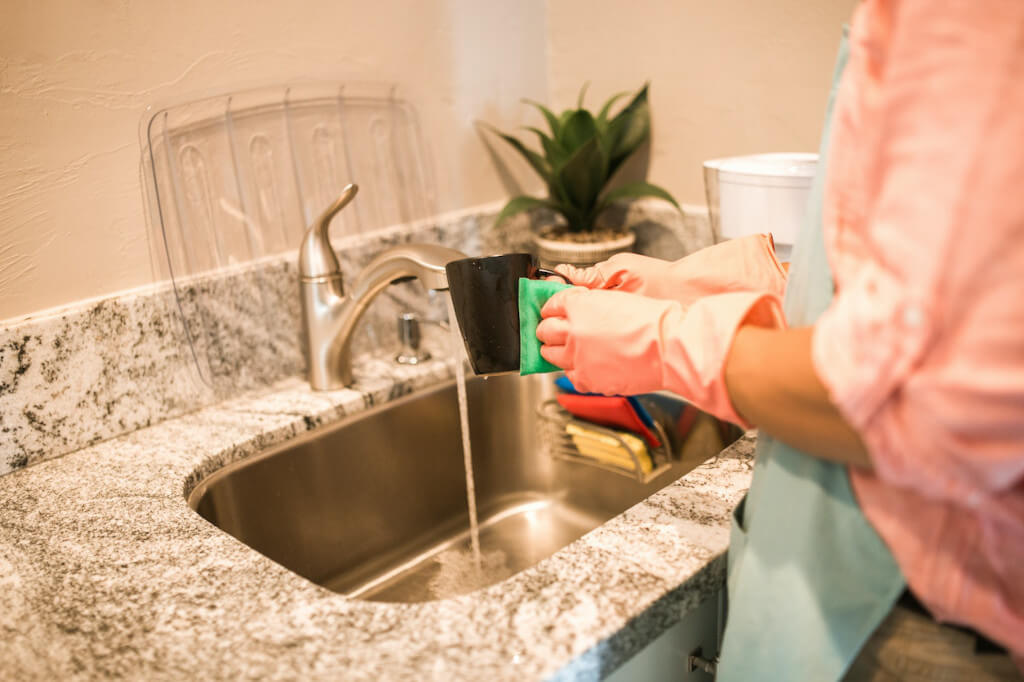
_.jpg)
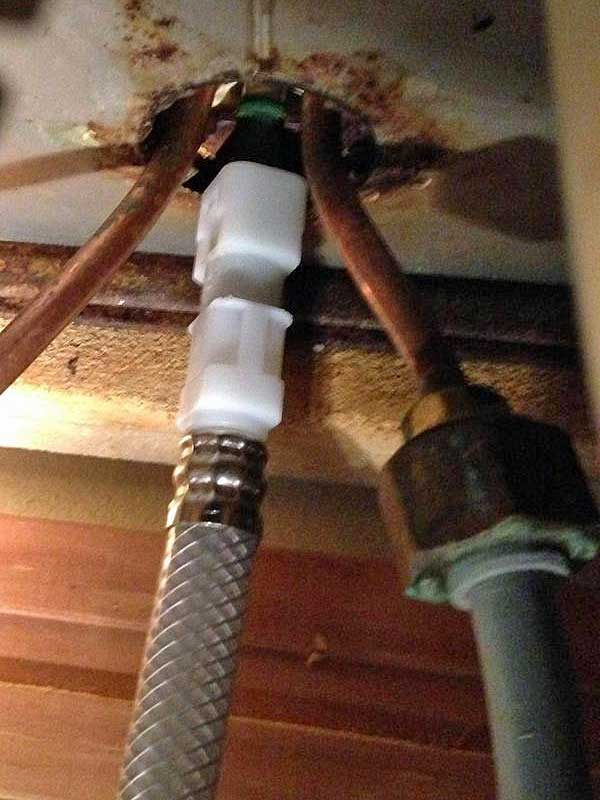
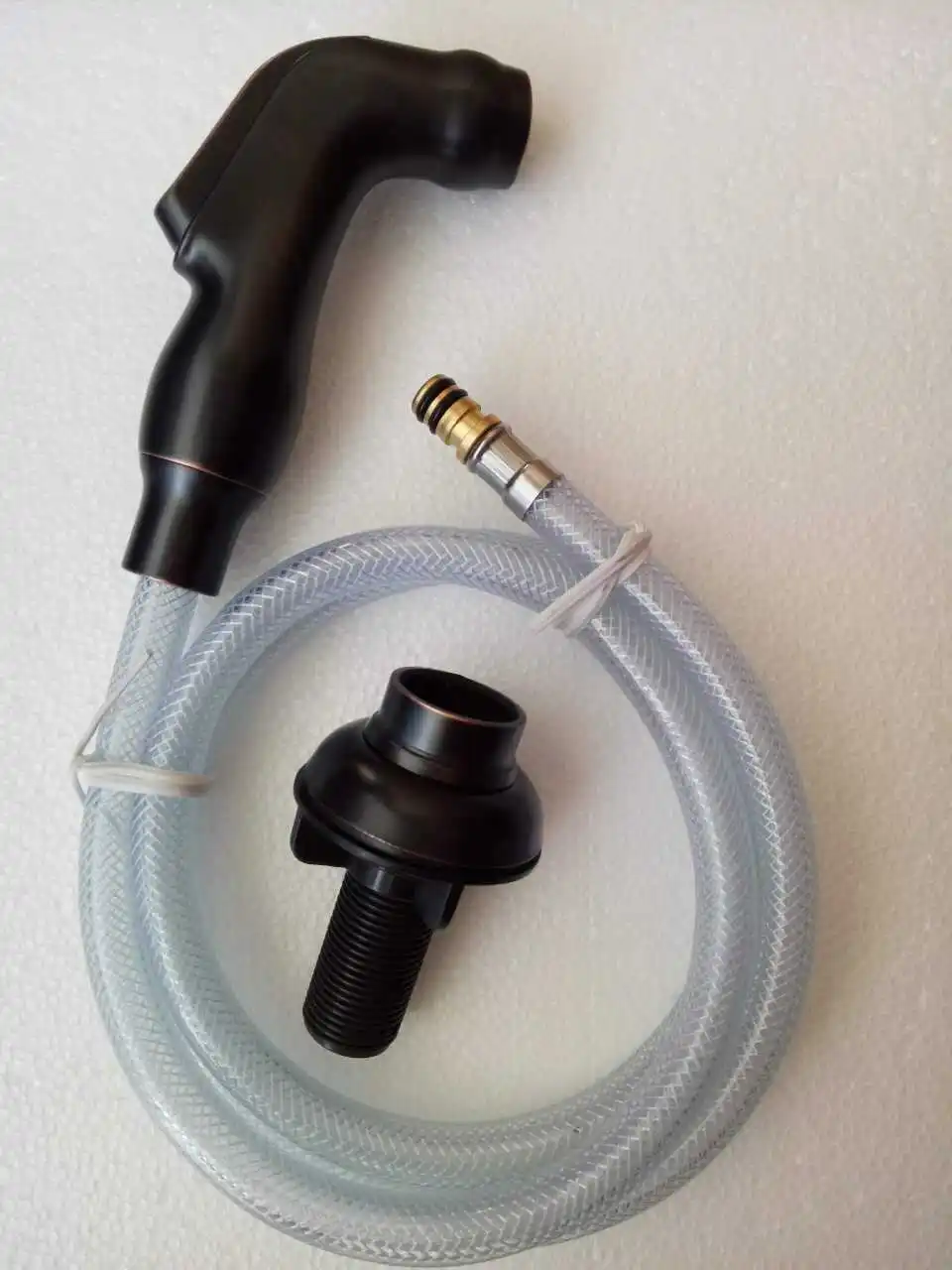
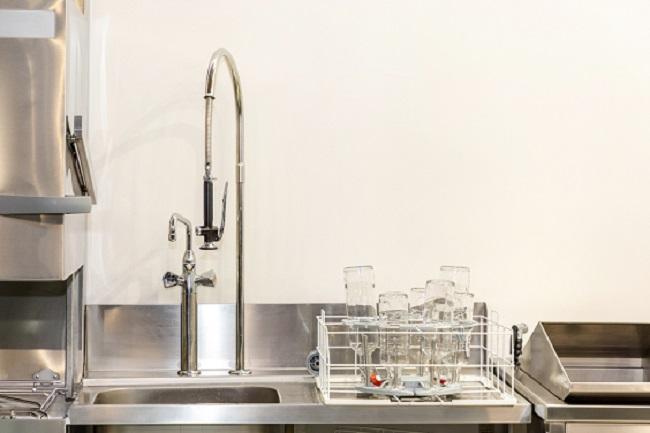




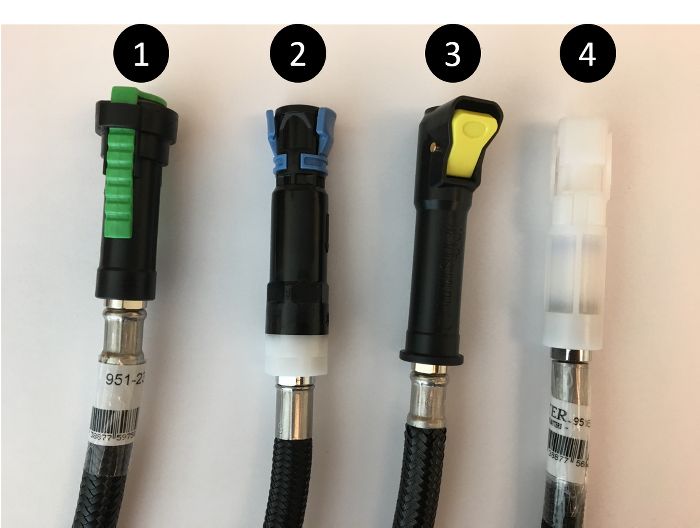

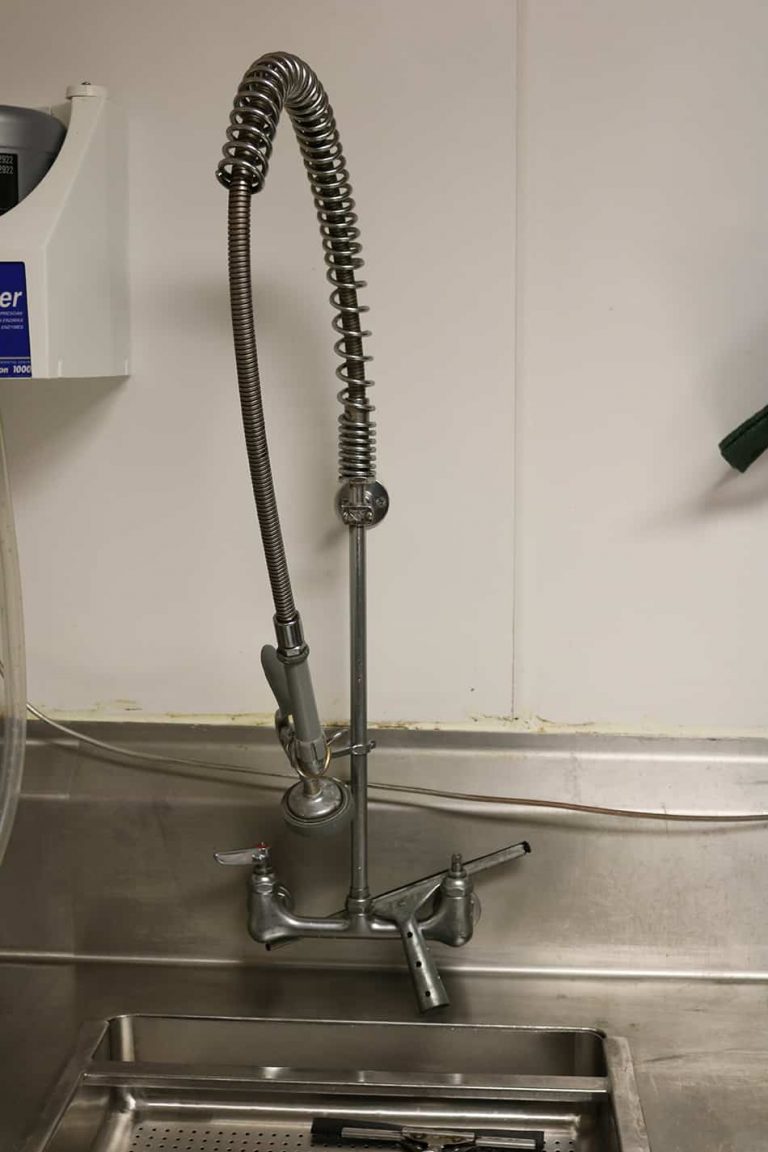
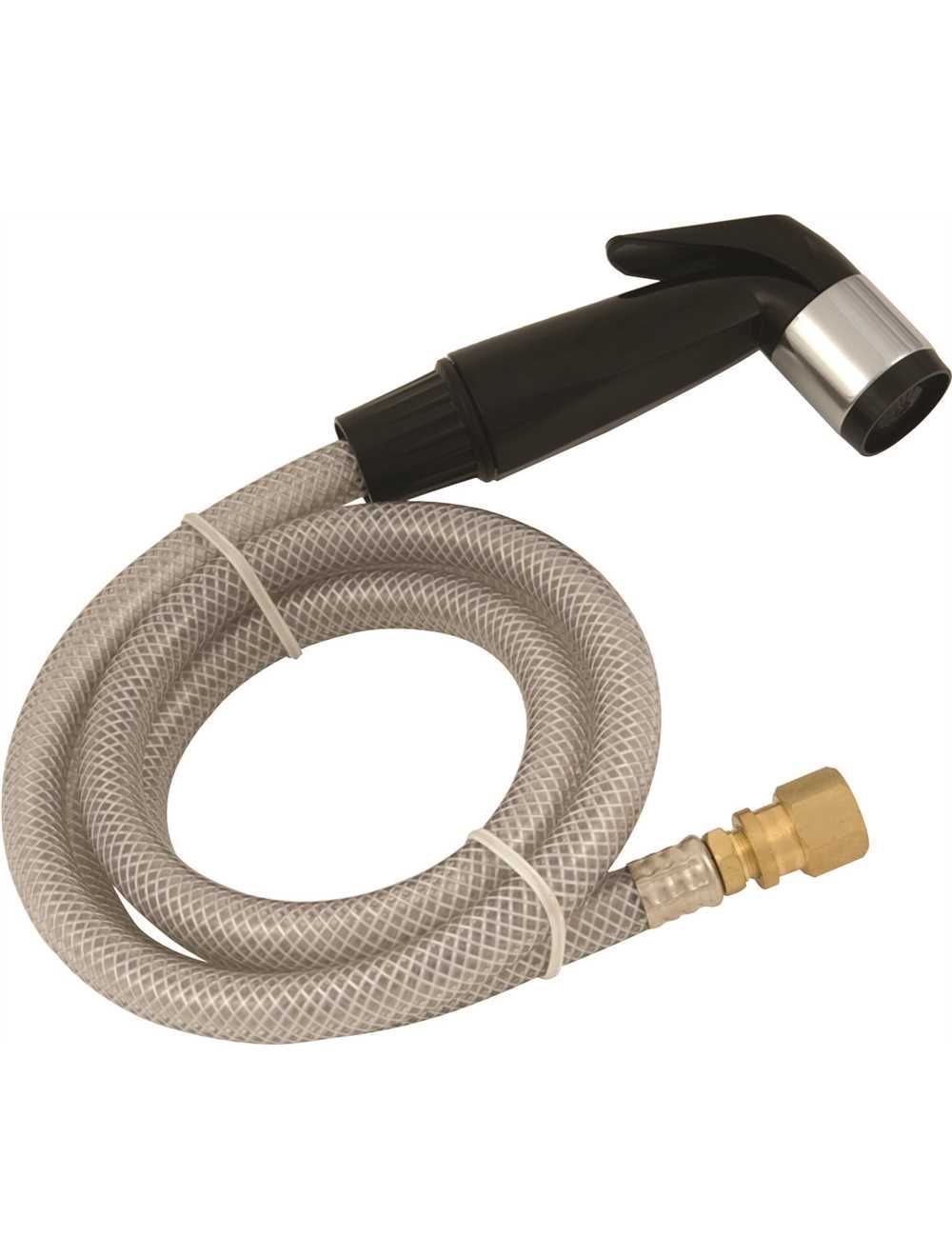
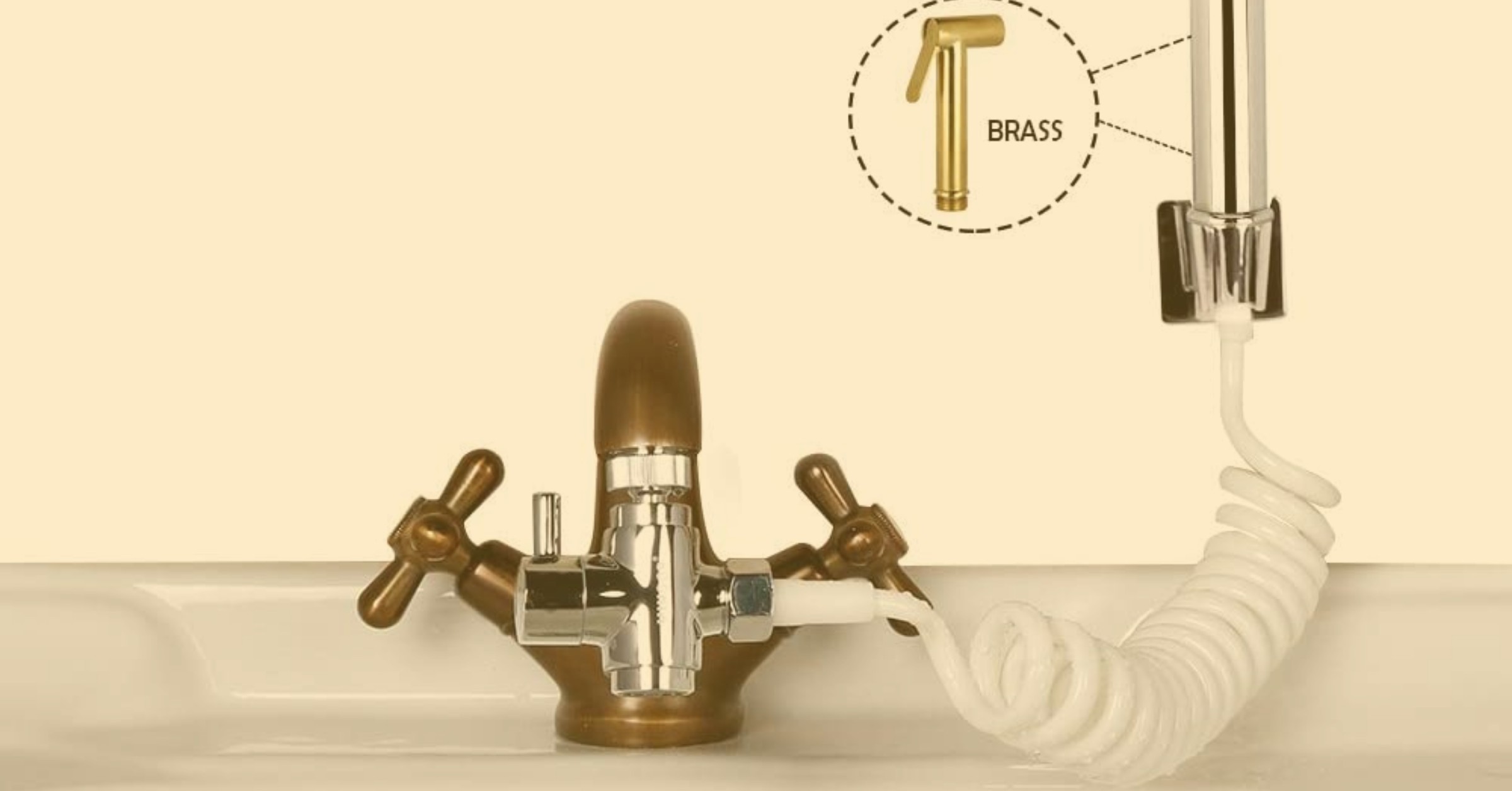





:max_bytes(150000):strip_icc()/how-to-unclog-a-kitchen-sink-2718799_sketch_FINAL-8c5caa805a69493ab22dfb537c72a1b7.png)
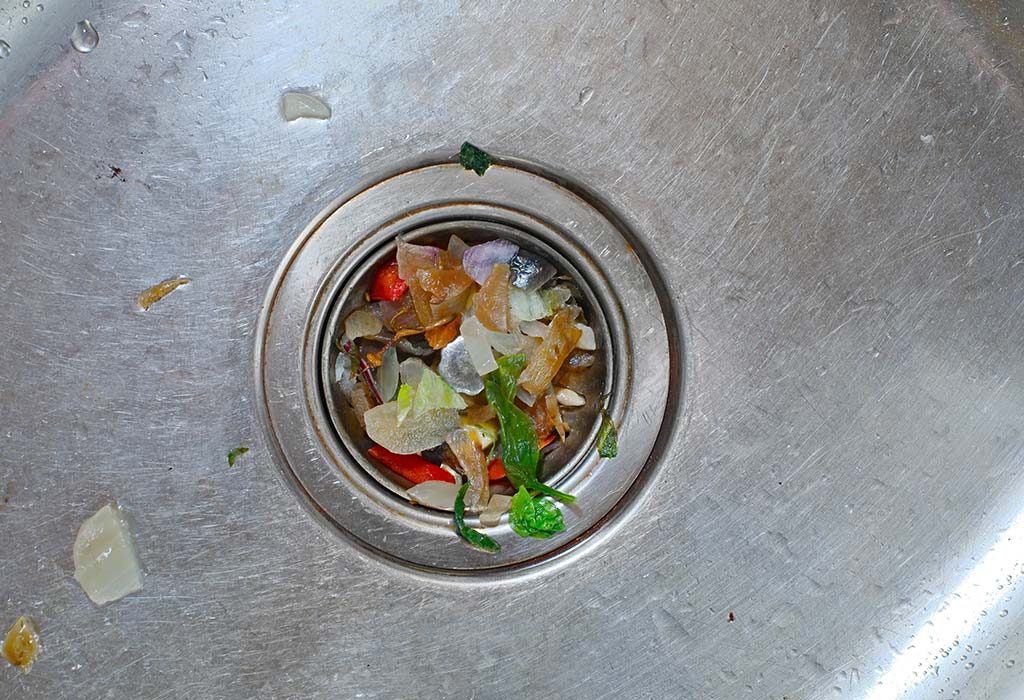

/Clogpipecleaner-GettyImages-1163260376-ed2bb04f8b6e434cbcd43a69cb59b1a4.jpg)


